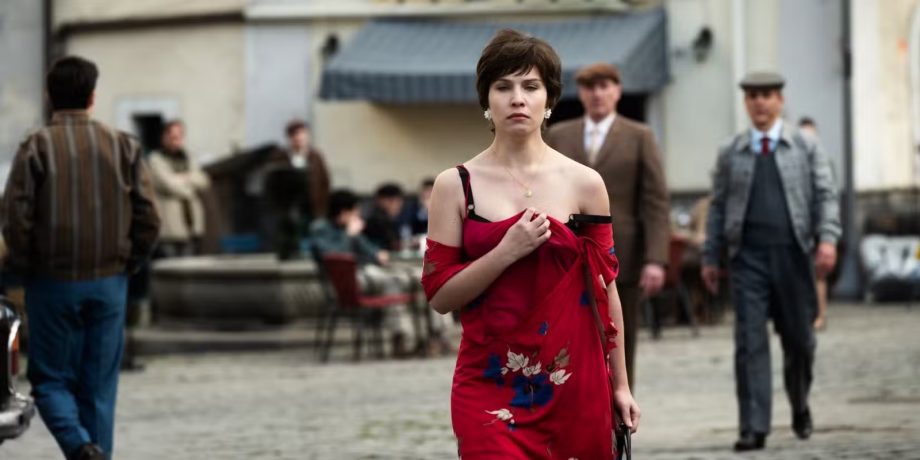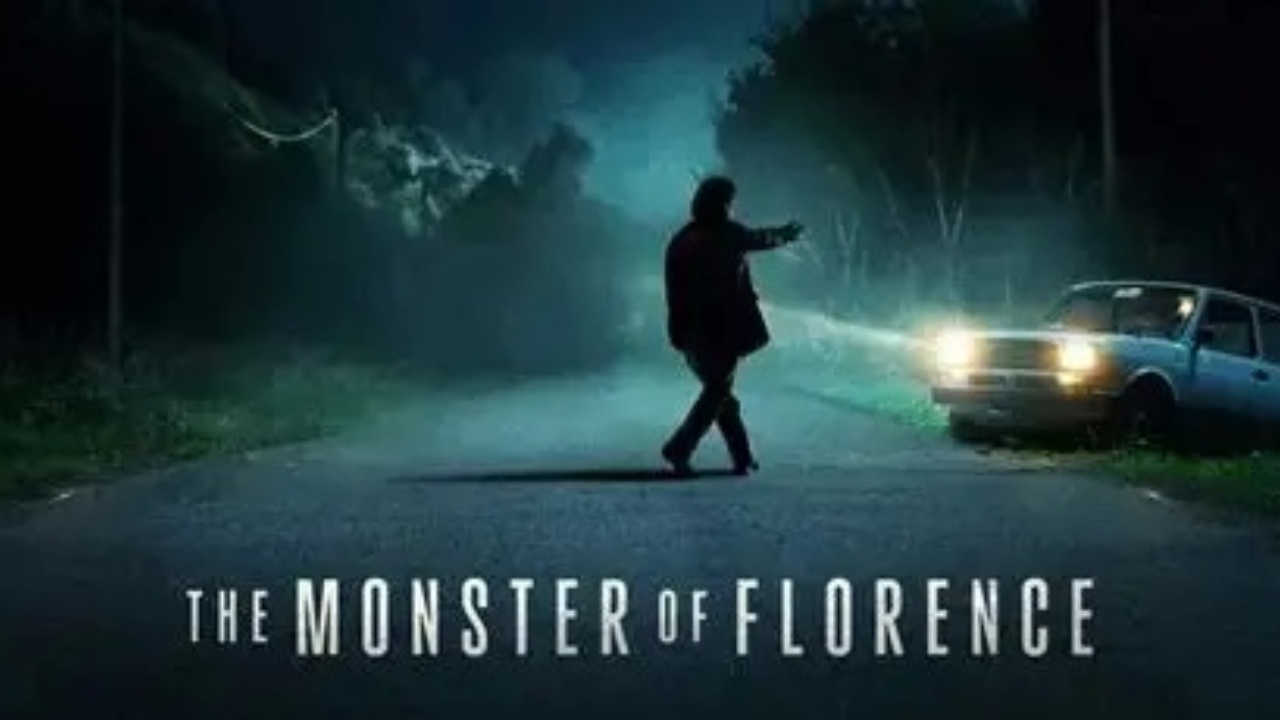A series of brutal murders shook Florence between 1968 and 1985. Eight couples were assassinated while parked in their cars, the women were maimed, the men were shot. The killer was never found, and the crimes became a dark legend, the work of the “Monster of Florence.” Netflix’s new series revisits this haunting story, not to solve it, but to explore what kind of world could give rise to such horror.
Directed by Stefano Sollima and co-written with Leonardo Fasoli, The Monster of Florence looks beyond the police files and courtroom drama. It steers into the lives of common people living through Italy’s changing decades, from the reassuring 1960s to 1980s. The account evolves through several characters, you know as you watch it. Their tangled relationships expose a society marked by frustration, desire, and the unspoken violence hidden behind everyday respectability.

The show gives a clear sense of Italy, right in the middle of pushing ahead and holding onto old biases. Back then, the economy was reaping up speed, but there was still a strong connotation of male superiority and all sorts of social strains pulling things apart. Guys were raised to lead and control, women to keep their thoughts to themselves, and honour ended up mattering more than straight facts in many cases. In that kind of environment, harshness could build up without much notice, forming in the hidden parts of country living and that fierce family loyalty.

The series nails this shadowy feel with sharp details. It comes across more as a look into what drives people and how outside pressures can bend them out of shape, rather than just a story about investigators chasing clues.
The whole Monster of Florence deal shows how evil does not just spring up out of the blue. It tends to come straight from the worries, fixations, and breakdowns of the everyday world around us, pretty much echoing the very society that let it happen.

